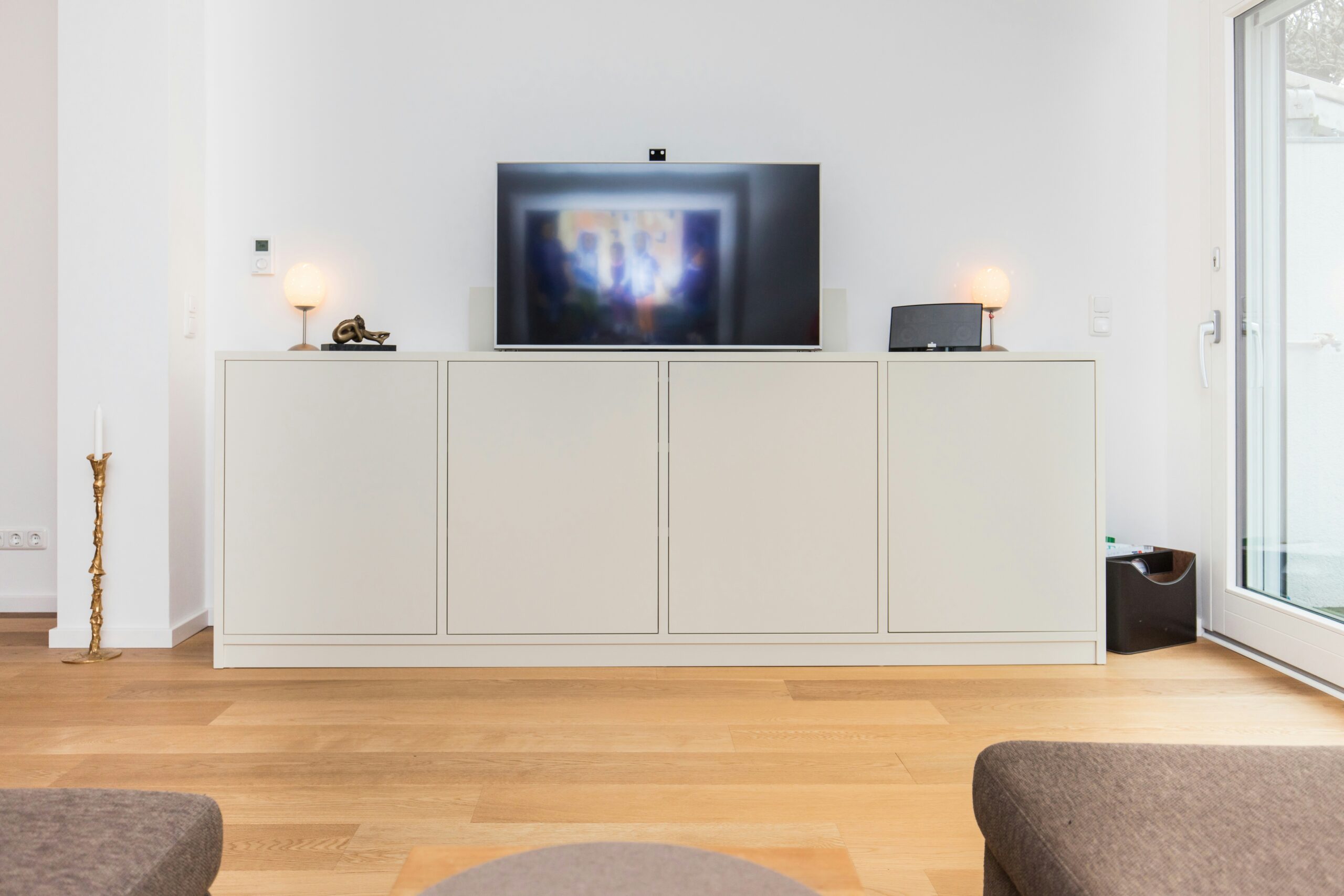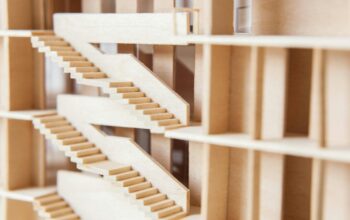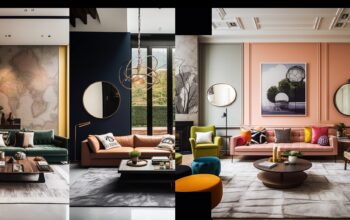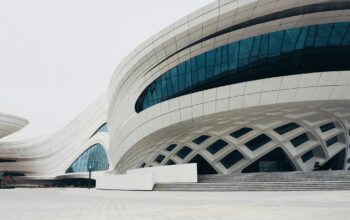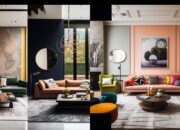Uzone.id – In the field of architecture, design is an important pillar in forming an impression in a room. This is where architects are required to understand and apply the basic principles of interior design to create a functional, aesthetic, and harmonious environment.
The principles of interior design are the rules and guidelines that designers follow to create a functional and aesthetic space. These principles are the basis for transforming any space into a balanced and user-centered area.
Here are some of the main principles that architects, especially young architects, should know, including:
Balance
Balance is the distribution of visual weight in a space. There are three types of balance: symmetrical, asymmetrical, and radial. Symmetrical balance occurs when the elements on either side of the space are mirror images of each other. Asymmetrical balance occurs when the elements are not mirror images of each other, but still create a sense of balance. Radial balance occurs when the elements are arranged in a circular pattern around a center point.
Scale and Proportion
Scale refers to the size of an object about its surroundings. Proportion refers to the relationship between the sizes of various objects in a space. Both scale and proportion are important to creating a harmonious and visually appealing space.
Unity and Harmony
Unity is a sense of cohesion and wholeness in a space. Harmony is the pleasing arrangement of elements in a space. Unity and harmony are important to creating a space that is both functional and aesthetic.
Emphasis
Emphasis is the focal point of a space. It is the element that first draws attention. The focal point can be a piece of furniture, artwork, or a window.
Rhythm
Rhythm is the increase in elements in a space. Rhythm can be created through the use of color, texture, or pattern. Rhythm can add a sense of movement and energy to a space.
Contrast
Contrast is the difference between elements in a space. Contrast can be created through the use of color, texture, or pattern. Contrast can add interest and visual appeal to a space.
On the other hand, an interior designer and real estate developer, Amalia Graziani from Noor Property Group said that young architects should actually focus on three elements, namely volume, light, and depth. She said these three elements can make a big difference in choosing furniture.
“When designing a new space, I focused on three elements: volume, light, and depth,” Graziani said in a statement on Vogue Australia’s official website.
“It sounds abstract, but considering all these factors when choosing furniture or designing a room will make a big difference,” she added.
Some tips you might need
- Know Your Client: It is important to understand your client’s needs and preferences before designing a space. This will help you create a space that is both functional and aesthetic for them.
- Use a Variety of Materials: Using a variety of materials can add interest and visual appeal to a room.
- Pay Attention to Details: Details can make or break a design. Pay attention to small details, such as lighting, flooring, and accessories.
- Get Feedback: Ask for feedback from your clients and colleagues. This will help you improve your designs.
Mastering these basic principles of interior design will equip young architects with the tools they need to create beautiful yet functional spaces. As their careers grow, these core concepts will guide their design process, allowing them to create thoughtful, user-centered spaces.
However, even as architectural styles and preferences evolve, these basic design principles remain at the heart of the practice.

